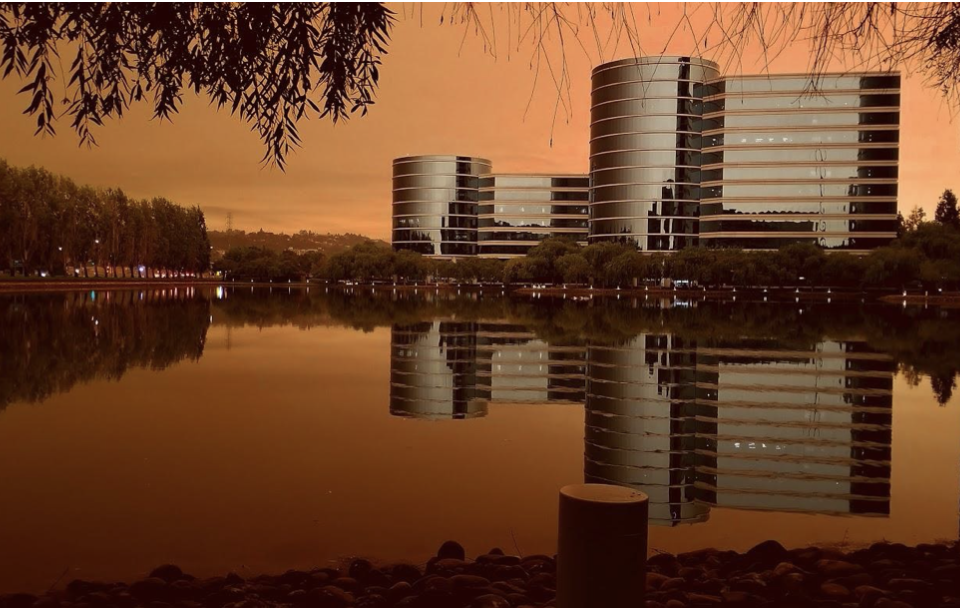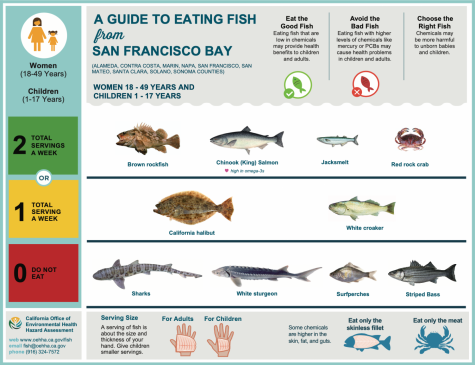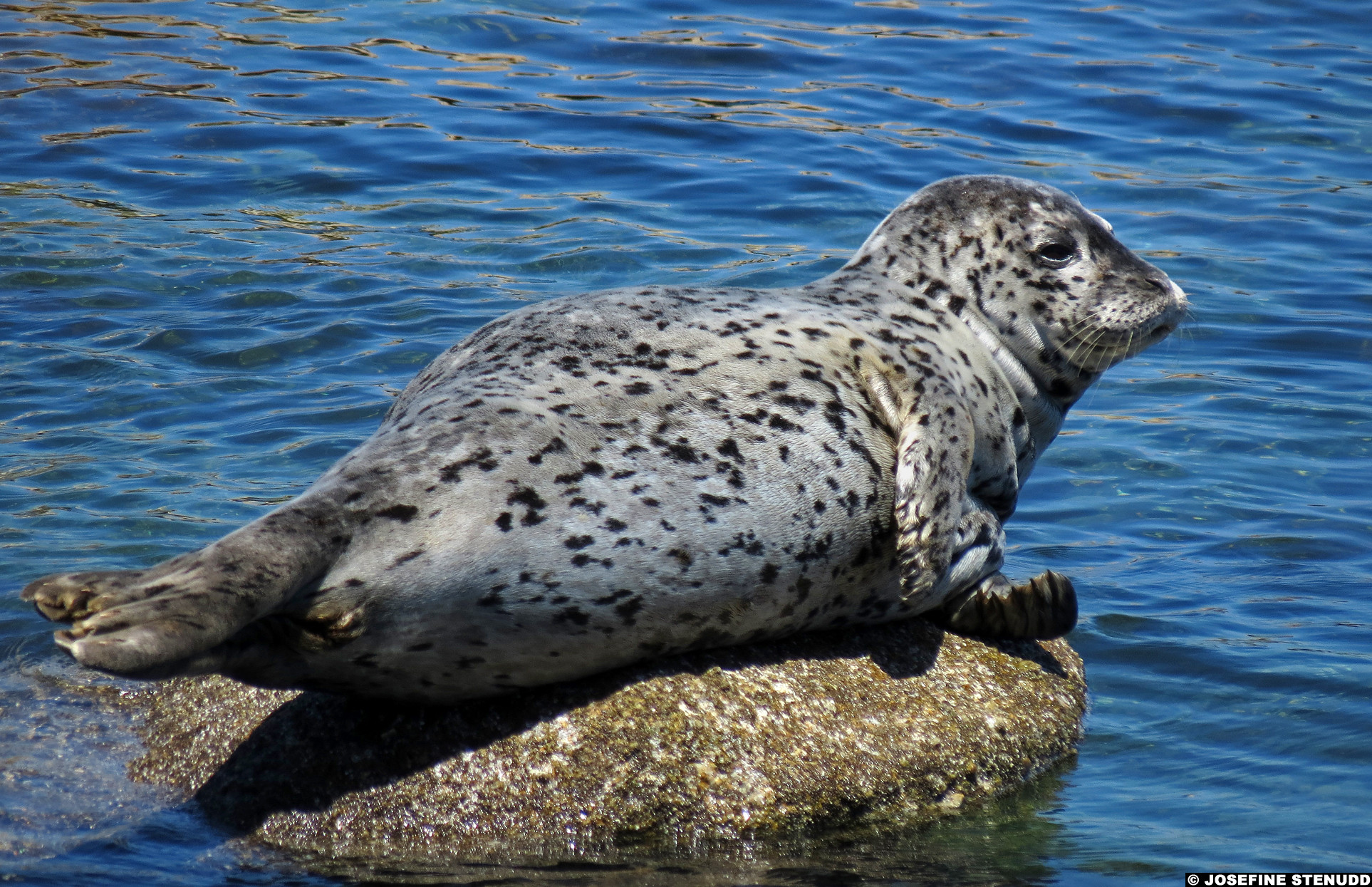
Twitter: @ayalmeyers

Twitter: @iznunes

Twitter: @jessicaconley_

Twitter: @kor_maya
View her portfolio at: mkornyeyevajournalism.weebly.com

Twitter: @RainaLahiri

Twitter: @gkryhina

Twitter: @TheMrPrez1


November 12, 2020
Water.
It covers nearly three-fourths of the entire planet and is vital to all life on Earth.
Although it may seem too vast and uncontrollable to be impacted, it is not in actuality an indestructible force. In the last couple of centuries, industrialization has had a significant effect on the oceans, arctic ice caps, and freshwater reservoirs.
Climate change has brought arctic ice down, creating a surplus of water in the oceans that rises up to swallow small islands and shoreline cities. Not only that, but air pollution, nitrogen pollution, and wildfire smoke have lowered drinkable water supply and quality.
According to NASA scientists, the potential changes in the earth’s water cycle due to climate change are among the most serious policy issues.
An imbalance in the water cycle and weather patterns leads directly to climate change-induced natural disasters. Among these, wildfires stand out as highly destructive to both the global and residential water supply and quality.
The annual California Wildfires specifically have had a detrimental impact on the water quality for thousands of Americans.
As the wildfire season hits California forests and wild reserves, the lakes and reservoirs in these areas become exposed to high levels of build-up ash, soil erosion, and fire debris.
The smoke created by the blaze changes the concentration of chemicals in the water and turns the drinking water into a cloudy grey.
“The material toxins and pollutants that get burned end up in the ash, and it moves around through an atmospheric flow from location to location. Eventually, the ash can wind up in our drinking water, making it harder to process and purify,” Stanford hydrologist Newsha Ajami said in an interview with reporter Rob Jordan.
Many restaurants and homes are all full of electronics, appliances, solar panels, and industrial chemicals, which release harmful particles into the air when they are burned. If there is rain after a fire, Ajami warns that it can sweep the dangerous ash into waterways and rivers.
Ajami also references the way hazardous smoke can impact soil and agriculture.
“Plants can absorb these pollutants directly through their leaves and roots, potentially affecting their growth or making them unsafe for consumption,” Ajami said.
Not only is the ash created by the wildfires a threat, but the leftover debris can be harmful to water irrigation systems as well. After a fire takes place, the first move in many parts of California is to clean up large pieces of debris and wreckage.
“Disaster debris must be removed and properly managed to reduce threats to public health and safety, protect the environment, and help communities recover and rebuild,” said CalRecycle, a company focused on organizing, managing, and overseeing debris removal operations in California.
Although it requires plenty of work and heavy equipment, this cleanup strategy effectively keeps water reservoirs clean and unclogged.
The importance of cleaning water from dangerous chemicals cannot be stressed enough. The negative impacts from wildfire debris and smoke are evident during each fire season in California and will continue to be for many years to come.
Residents of the Bay Area are no strangers to the droughts of California. To many, it feels miraculous and unique when a blanket of rainy clouds replaces the translucent blue sky. According to U.S. Climate data, San Francisco receives a mere 23.66 inches of rain annually, falling well below the national average of 30 inches.
Why are there so many droughts in California? The state is used to dryness, but droughts in recent times have been the worst in its recorded history. The root of the problem is global warming. Higher temperatures make wet regions wetter and dry areas drier by causing shifts in weather patterns; for the Bay Area, storms are shifted away from the California coastline.
According to the National Integrated Drought Information System (NIDIS), the longest drought since 2000 lasted 376 weeks – from 2011 to 2019. While California is no longer in an official state of emergency, over 15 million residents (41% of California’s population) remain in drought conditions. These residents may have to follow water restrictions or experience water shortages.

Plants and animals are highly vulnerable to harsh conditions, making them susceptible to terminal injury: death by dehydration, starvation, and loss of habitat are among these many challenges.
In particular, amphibians are profoundly affected by climate change. According to UCLA, it is estimated that the amphibian extinction rate is 45,000 times greater with human influence than without it.
For example, the California newt is especially hard-hit by droughts. Their habitat ranges from San Diego to the Bay Area, and they are known for their orange bellies. They can occasionally be spotted under a moist log or relaxing in a small pond. While those around the Bay area are yet to be severely affected, newts in southern California have been negatively impacted by climate change. From 2008 to 2016, their body mass has decreased by an average of 20%.
Further details are still being studied, but one thing is clear: it is only a matter of time before these effects worsen and reach the newts in the Bay Area. While California’s guidelines to reduce water use are beneficial, it is not a solution to preventing intense droughts. The problem stems from global warming and the buildup of greenhouse gasses.
As the warming climate poses an existential threat to earth’s many diverse environments, experts see its impacts run as deep as the oceans.
The Climate Institute found that in the past 20 years, sea levels have risen almost 3 inches globally, an average of 1/8 inch per year. Like the increasing temperatures, the slow progression of these climate changes poses a dire threat to humans and all other areas of life.
While rising sea levels may seem like a distant and slow-moving issue, it poses an urgent and worsening threat, especially as it pertains to the Bay Area members.
“By the end of this century, global heating will cause sea levels around San Francisco Bay to rise three to six feet or more. Coupled with more extreme weather patterns, over six percent of San Francisco’s land (about four square miles), called the Sea Level Rise Vulnerability Zone, could be inundated by temporary or permanent flooding,” the San Francisco Planning organization remarked in their study on sea-level rise.
The recent rise in sea levels is largely attributed to two factors: the melting of glaciers and ice sheets that contribute excessive water into the oceans and its expanding volume as it warms.
The areas that will be most particularly impacted by this rise in sea levels host essential infrastructure and houses with more than 37,000 people. In the long term, this will have dire consequences for Bay Area residents. It threatens the stability of homes, roads, bridges, water supplies, power plants, and other frameworks.
These effects may even go as far as into the water residents drink as rising sea levels may significantly contaminate underground freshwater sources. Such sources, known as aquifers, are important origins of necessary materials as they provide most of the world’s freshwater resources.
At some unknown point in the future, this area will likely be fully inundated by the sea. I say at some unknown point because we know sea level is rising, and we know it will rise at an accelerated rate, but we just don’t know how fast that will happen. It depends on how effective we as a species are at reducing the emissions and carbon dioxide we put into the air,” Will Travis, a sea-level rise consultant, said in a Q & A radio report.
However, the impacts of these rising sea levels go further than structures and personal effects. Devastating changes may cause erosion, flooding water, and soil contamination and destroy habitats for various plants, fish, and other organisms. Higher water levels also may contribute to a higher impact of destructive storms that are pushed farther onto land.
Similarly, the National Oceanic and Atmospheric Administration (NOAA) conducted a recent report that saw a rise in flooding-related to sea level rise in the past 20 years. These enhanced risks of natural disasters ultimately pose a threat to virtually all forms of life.
This threat extends broadly, as 40% of the population lives in relatively high population-density coastal areas. The Bay Area is particularly vulnerable to these changes, where rising sea levels function as an issue to individuals, environments, and economies alike.
Despite this, policymakers are taking steps to prevent the worsening of this crisis. The 2016 Sea Level Rise Action Plan sets the vision for sea-level control and seeks to minimize the risks associated with rising sea levels.
Additionally, an executive order that guides design plans to conserve 30% of California’s coastal water and land by 2030 has been implemented into the Bay Area plans.
“California’s beautiful natural and working lands are an important tool to help slow and avert catastrophic climate change, and today’s executive order provides important new tools to take on this existential threat,” Governor Gavin Newsom said about the order.
Ultimately, the climate is at war with itself—and it is the role of its inhabitants to mend the crisis before it is too late.
Plants have helped cool the atmosphere, but with rising carbon dioxide and ozone levels, there is little to stop the increase in runoff.
When they get hot, plants release water vapor in a process called transpiration, similar to sweating. They also take in carbon dioxide during photosynthesis. The decrease of carbon dioxide in the atmosphere creates a cooling effect, according to the National Aeronautics and Space Administration (NASA).
Studies show that increasing carbon dioxide has caused plant stromata, similar to pores, to contract and release less water by transpiration. As a result, plants are taking in less water from the environment.
Even though there has been less rainfall over land in recent decades, plants releasing less water has increased the amount of runoff.
“With less water being taken up by plants, more water is available for groundwater or runs off the land surface into lakes, streams, and rivers,” according to NASA. “Along the way, it accumulates excess nutrients and pollutants before emptying into waterways, where it affects the health of fish, algae, and shellfish and contaminates drinking water and beaches. Excess runoff can also contribute to flooding.”
Another effect of climate change is that an increase in ozone has also contributed to an increase in runoff. Higher levels of ozone have a similar impact as carbon dioxide, leading to less transpiration and more runoff.
In the San Francisco Bay, stormwater runoff is the largest source of pollution. Groups like San Francisco Baykeeper and Save the Bay advocate for policies to keep storm drains free of trash and other pollutants to keep the Bay clean and protect wildlife from contamination.
The Bay is rich in nutrients, containing comparatively higher concentrations of nitrogen and phosphorus than other estuaries. In turn, this poses a threat to creating harmful algal blooms that can potentially toxicate its water sources.
Such algal blooms may lead to decreased oxygen levels within the Bay, leaving aquatic life with little support. Lower oxygen levels will impact the growth of phytoplankton the most as nitrogen discharge increases with wastewater treatment.
Nutrient pollution creates an issue, as too much nitrogen and phosphorus in air concentrations lead to imbalanced water ecosystems. Ultimately, this affects the quality of water and food sources, creating environments in which water life depends for survival.
However, the Bay Area’s water sources aren’t out of hope.
Because of this danger, new methods of nitrogen removal will come into play. Solutions like wastewater recycling can also bring other benefits, such as protection from rising temperatures. They may also help reduce the dangers associated with rising sea levels and carbon dioxide storage.
Furthermore, the San Francisco Bay seems to resist the environmental issues relating to nutrient pollution due to various factors regarding higher filter levels by clams and increased mix tides.
Nonetheless, algal blooms are still a potential threat to the Bay. They may toxicate water sources, in some cases killing water life. Algae can contaminate all levels of the food chain and harm mammals, fish, and even humans.
Even in nontoxic cases, the blooms may deplete oxygen levels in the water and impact its quality. The Bay’s resilience may be historically significant, but it is also evident that such strength is breaking down.
“Considering the changing conditions in San Francisco Bay, uncertainty about future monitoring programs, and new nutrient policies on the horizon,” according to Progress Tracking by the San Francisco Estuary Institute. “there is a strong need for a coherent nutrient science and management strategy for the Bay.”
Rain is a blessing for wildfires, but for the San Francisco Bay, it’s a nightmare. When water runs along streets and gutters towards storm drains, they pick up trash, microparticles, and chemicals. Eventually, these pollutants are pumped out into the Bay. San Francisco Estuary Institute (SFEI) estimates that 7 trillion particles of microplastics make their way into the Bay annually. Additionally, fertilizers, pesticides, oils, and – worst of all – toxins like polychlorinated biphenyls (PBC) as well as Mercury all run into the Bay.

Currently, 91 contaminants are monitored by the Safe Drinking Water Act, but this is minuscule compared to the hundreds of thousands of chemicals in use today. Fertilizers provide the nutrients needed for algae to grow, lowering the oxygen content in the water. At the same time, PBC and Mercury contaminate the fish in the San Francisco Bay. According to the California Office of Environmental Health Hazard Assessment (OEHHA), White Sturgeons, sharks, Surfperches, and Striped Bass have such high concentrations of these chemicals that eating them is unsafe.
Chemicals are passed on from plankton to fish, to bigger fish, and to top predators like the Harbors Seals—each step of the way, there is an increase of concentrations. The Harbor Seals range all across the globe, including the San Francisco Bay. These creatures grow to a little over five feet in length and 130 lbs. Their coats are gray and sport black dots across their bodies. Harbor Seals are not endangered, but they cannot escape the effects of environmental change. Studies from the California Academy of Sciences reveal that toxins lower reproduction and dampen their immune systems. A decline in Harbor Seals in Scotland is attributed to the chemicals in their waters, and there’s no telling if the population around the Bay will also suffer similar effects from prolonged pollution.

Of course, if the problem were just water pollution, it would be much simpler. The warming water shifts the seals’ prey elsewhere and supports new pathogens that cause diseases. Furthermore, the rising water level and strong storms can erode the shoreline causing loss of habitat. While water pollution most directly affects the seals, humans also eat the sea creatures of the Bay. The waste humans pump out into the ocean come full circle and make their way back to hurt the polluters.






